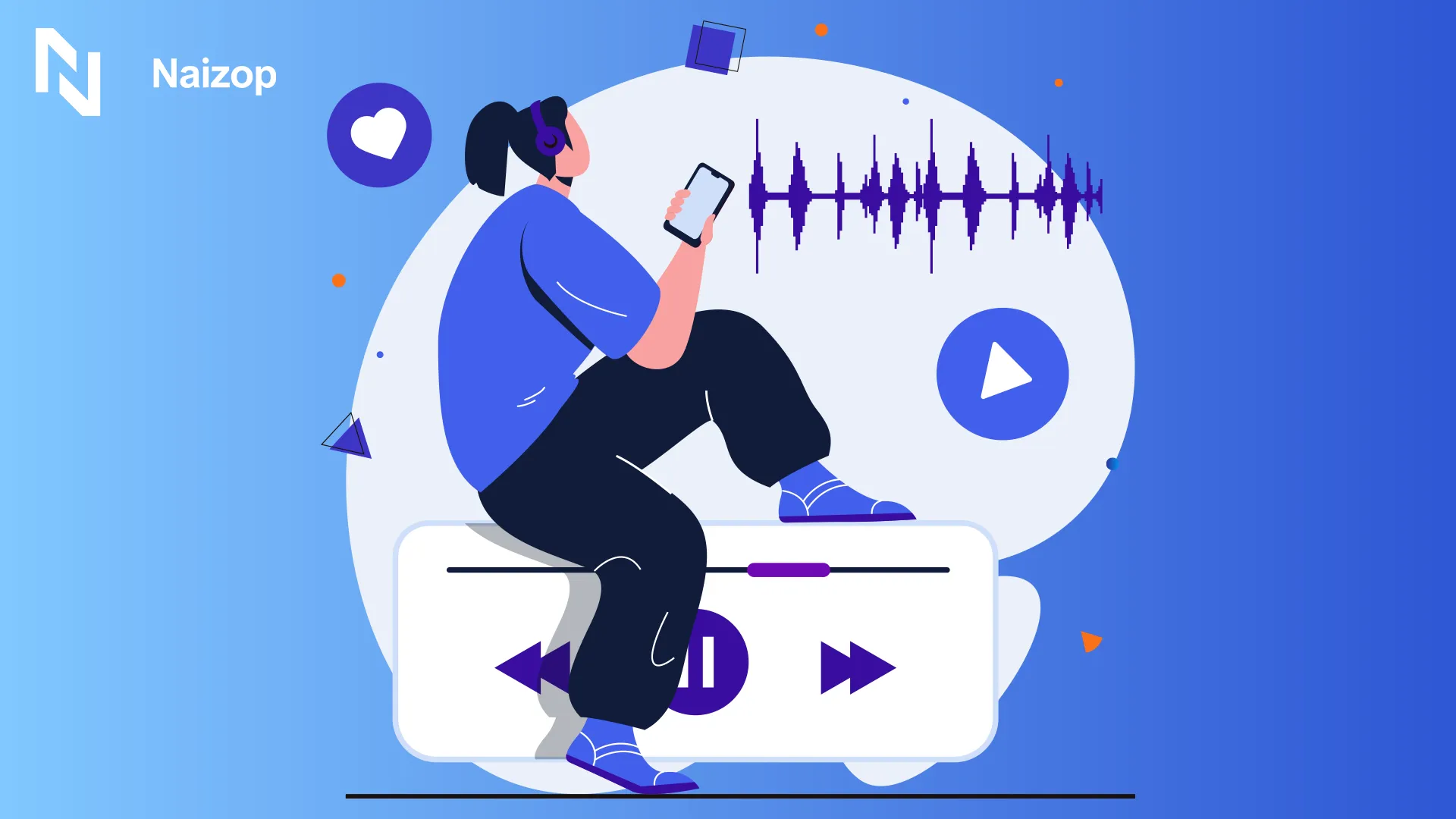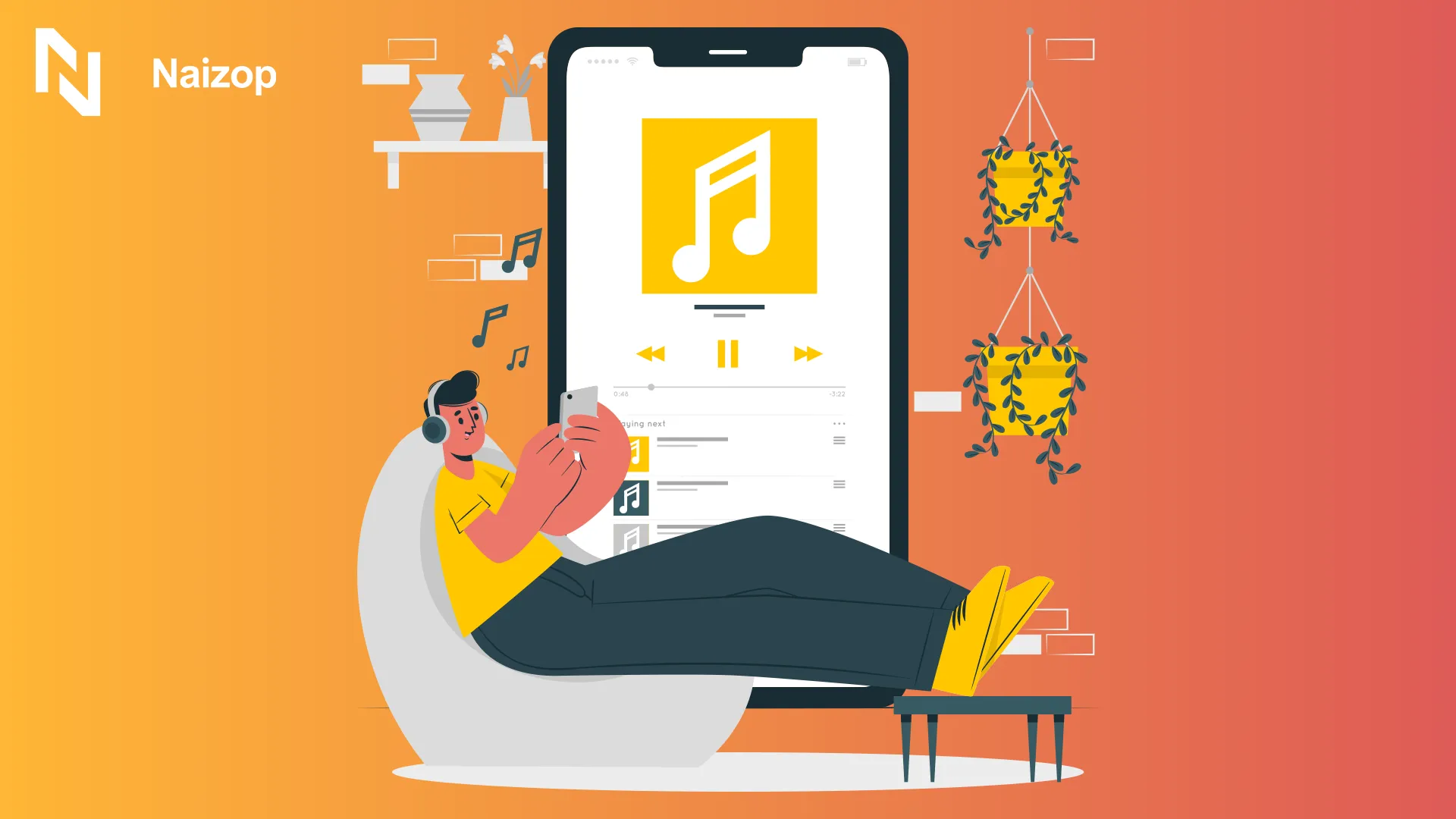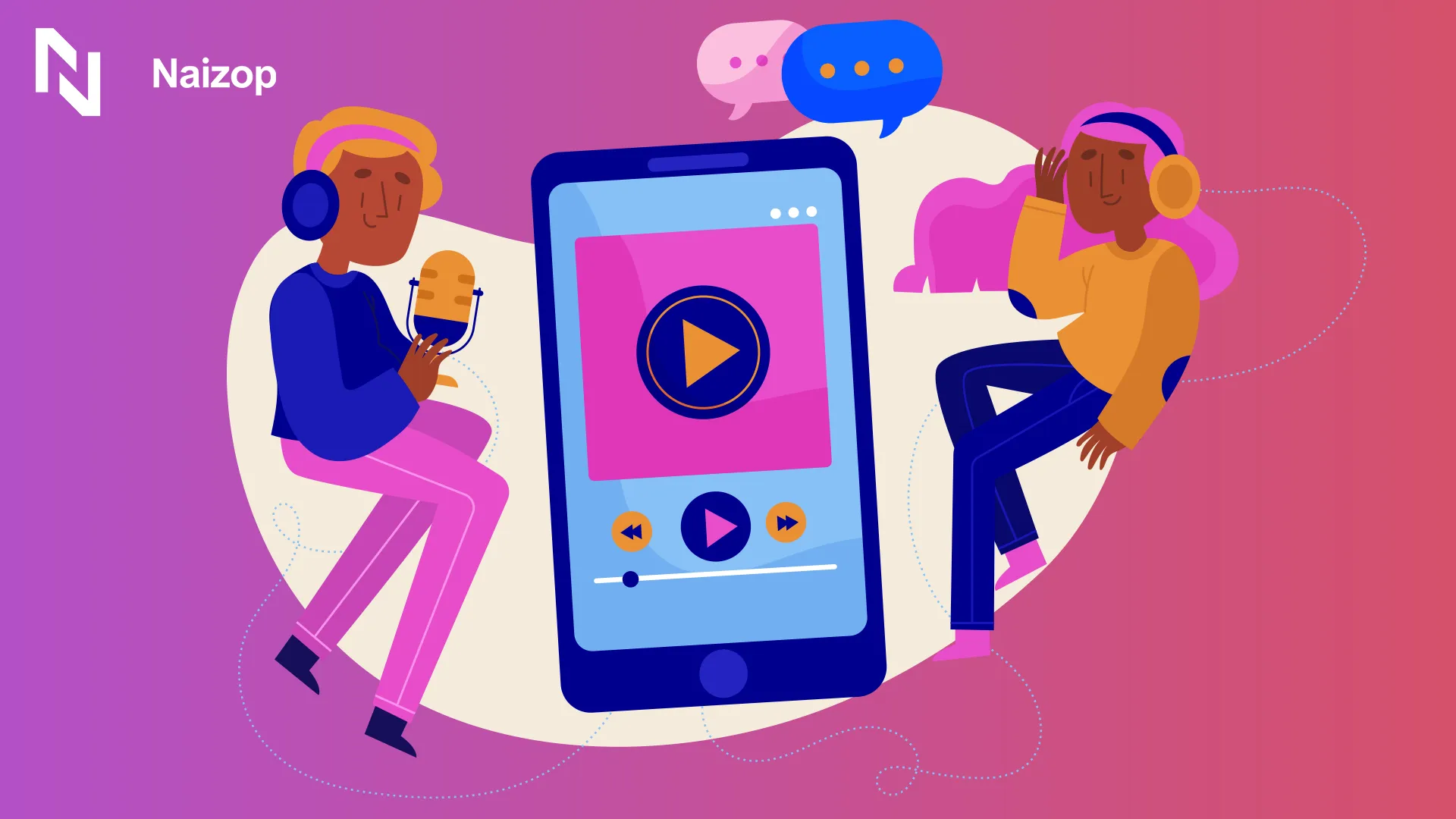🎄 Early Christmas Deposit Bonus | Up to 45% Deposit Bonuses Live Now 🎁
🎄 Christmas Deposit Bonus 🎁
🎄 Early Christmas Deposit Bonus | Up to 45% Deposit Bonuses Live Now 🎁
🎄 Christmas Deposit Bonus 🎁
All Services
Instagram
TikTok
YouTube
Twitter
Facebook
Threads
Snapchat
Telegram
Discord
Reddit
Quora
Spotify
SoundCloud
Twitch
![]() Kick
Kick
![]() Rumble
Rumble
Podcast
LinkedIn
OnlyFans
Pinterest
Reviews
SMM Panel Pages
Growth Services
Bot Services
Report Bot Services
Others
All Services
Instagram
TikTok
YouTube
Twitter
Facebook
Threads
Snapchat
Telegram
Discord
Reddit
Quora
Spotify
SoundCloud
Twitch
![]() Kick
Kick
![]() Rumble
Rumble
Podcast
LinkedIn
OnlyFans
Pinterest
Reviews
SMM Panel Pages
Growth Services
Bot Services
Report Bot Services
Others


Noah Blake
Last Update: April 11, 2025When I first started sharing my music on Spotify, I had no idea what to expect. Would it be a dream come true or just a tiny trickle of income?
Fast forward to today, and I’ve learned a lot about how Spotify works. One of the most common questions I get asked is about the Spotify payout for million streams.
It's a tricky one, but understanding how music streaming earnings on Spotify work can help set the right expectations.
In this post, I’ll break down how much you can actually earn from Spotify streams once you hit that milestone

The big question on every artist's mind when they reach the milestone of 1 million streams on Spotify is, “How much am I actually earning?”
The answer isn’t straightforward, as Spotify pay per stream calculation depends on various factors. The platform’s revenue is generated from both Premium subscriptions and ads from Free-tier users.
Although the exact payout varies, for 1 million streams, an artist could earn anywhere from a few thousand dollars to more, depending on factors like geography and listener type.
The music industry has evolved dramatically in the last few decades.
No longer reliant on record labels and physical album sales, artists now have an entirely new way to distribute their music thanks to streaming platforms like Spotify.
This shift to streaming has allowed musicians to reach a global audience, but it has also introduced new challenges.
With the rise of streaming numbers taking center stage, understanding Spotify payments and how revenue is shared has become crucial for today’s artists.
Spotify generates revenue through two main channels: paid subscriptions (Spotify Premium) and ad revenue from Spotify Free users.
The revenue from both of these sources is pooled and distributed to rights holders based on their share of total streams.
However, this doesn’t mean that every stream is worth the same amount, which is why Spotify income per stream varies.
Factors like whether the listener is using the free or premium tier and the country they are in can all influence the payout an artist receives.
For Spotify Free users, ads play a huge role in the revenue stream. While ads may seem like an interruption to the listener, they actually contribute a significant portion of Spotify’s revenue.
When a Free-tier user listens to your music, Spotify makes money through ads, but this translates into lower payouts for the artist.
As a result, streams from Premium users generally result in higher payouts. This is why it’s important for artists to understand how Spotify pay per stream calculation works and how it’s affected by the type of user.
To maximize Spotify revenue, artists should strive to grow their Premium listener base.
One of the most common questions artists ask is, "How much does Spotify pay for 1 million streams?"
While there's no one-size-fits-all answer, Spotify earnings per million streams can range significantly.
Depending on various factors, artists can expect to earn anywhere from $3,000 to $8,000 for 1 million streams, though this can fluctuate.
The differences in payouts are influenced by things like the geographic location of the listeners, the ratio of Premium to Free-tier listeners, and even the specific contract terms of the rights holders.
To better understand your revenue, Spotify for Artists is an invaluable tool.
It provides real-time data on how your music is performing, who your listeners are, and which tracks are getting the most engagement.
Using this platform, you can track your Spotify payout rate details and identify the factors influencing your revenue.
For example, it will show you which of your songs are streamed the most by Premium users versus Free-tier users, helping you understand where you’re earning the most.
This insight can guide your promotional efforts and inform your strategy to grow your audience.
Many artists wonder how to calculate Spotify revenue effectively, and the answer lies in understanding how Spotify's algorithm works.
Playlists, for example, are a huge driver of streams. Getting featured on popular playlists can significantly boost streams and increase earnings.
Building relationships with playlist curators and ensuring your music is well-promoted on social media are key strategies for maximizing streams and, by extension, your earnings.
Focus on building a loyal following, as repeat listeners from both Free and Premium tiers can generate more revenue.
When evaluating Spotify money per stream, it's important to consider the geographical location of your listeners.
Streams from countries with higher subscription rates, such as the U.S. or Scandinavia, tend to generate higher payouts than those from countries where Spotify Premium subscriptions are less common.
For instance, countries with a large Free-tier user base or lower advertising revenue will result in smaller payouts.
To boost earnings, artists should focus on targeting regions with higher conversion rates to Premium users and higher-paying ad markets.

Want to skyrocket your Spotify streams in 2025? Here are 8 proven strategies to help you gain visibility, attract new listeners, and boost your music career!
One of the best ways to increase your Spotify streams is to buy Spotify streams through trusted services like Naizop.
These services can give you an initial boost in visibility, which can help push your track onto more playlists and attract new listeners.
When combined with organic promotion, buying spotify streams can create momentum for your music, leading to more natural growth on the platform.
Naizop also helps artists target specific demographics, ensuring that your streams are from genuine, relevant listeners, increasing the chances of further engagement with your music.
Your artist profile on Spotify is like your digital business card.
Make sure it's complete with high-quality images, a well-crafted bio, and links to your social media.
Engage with your followers by updating your playlists, sharing new music, and giving them a glimpse into your creative process.
A polished profile makes it easier for new listeners to connect with you and follow your music. Remember, the more followers you have, the more likely your new releases will be noticed.
Getting your music added to popular playlists can lead to a massive spike in streams.
Playlists are a huge driver of discovery on Spotify, and landing on both user-generated and editorial playlists is key to getting more exposure.
To increase your chances, submit your music to Spotify’s editorial playlists, and also reach out to independent spotify playlist curators who align with your genre.
The more playlists you’re on, the more chances you have to reach new listeners, which directly impacts your Spotify streaming revenue.
Tracking your progress is crucial in understanding your growth on Spotify.
Here's a simple table to track your streams and revenue over time. It will help you keep an eye on your overall success and adjust your strategy as needed.
|
Month |
Streams |
Estimated Revenue (USD) |
Action Plan |
|
January |
500,000 |
$2,500 |
Focus on playlist submissions |
|
February |
750,000 |
$3,750 |
Increase social media promotion |
|
March |
1,000,000 |
$5,000 |
Collaborate with influencers |
|
April |
1,500,000 |
$7,500 |
Push new releases and singles |
Leverage the power of social media to drive traffic to your Spotify profile.
Share teaser clips of your music, behind-the-scenes footage, and personal stories to engage with your audience.
Platforms like Instagram, TikTok, and Twitter are excellent for cross-promotion. When fans share your music on their feeds, it increases your visibility and the likelihood of gaining new streams.
Collaborations can introduce your music to a completely new audience.
Whether you’re working with local artists or global stars, collaborations open the door to cross-promotion.
Not only will you gain access to their fanbase, but you’ll also likely see an increase in streams and followers.
Collaborations also bring diversity to your sound, which can attract listeners who might not have otherwise discovered your music.
One of the best ways to get more streams is to engage with the people who already support you.
Respond to comments, thank your followers for listening, and encourage them to share your music.
Building a loyal community can lead to repeat streams and higher fan retention. Engaged fans are more likely to listen to your tracks on repeat, which increases your overall stream count.
Spotify offers a variety of tools to help you increase your streams, such as Spotify for Artists, where you can monitor your performance, track who’s listening, and use data to improve your strategy.
You can also take advantage of the average Spotify pay rate to gauge how much you might be earning per stream and how that scales with your audience growth.
Use these insights to make informed decisions on how to grow your streams and revenue.
Knowing how much Spotify pays for 1 million streams is essential for artists looking to make the most of their music on the platform. While payouts can vary, understanding Spotify revenue per stream helps you set realistic expectations and strategize effectively.
By optimizing your profile, focusing on playlist placements, and utilizing tools like Spotify for Artists, you can grow your audience and increase your revenue.
Consistent releases, collaboration with other artists, and fan engagement all play a significant role in boosting your streams.
Keep at it, and your efforts will lead to greater exposure and more earnings over time.

The type of listener, whether they are on Spotify Premium or using the Free-tier with ads, significantly impacts your earnings.
Streams from Premium users tend to pay more due to the absence of ads, while Free-tier listeners contribute less because Spotify generates revenue from ads rather than subscriptions.
As a result, your total earnings can vary greatly depending on the mix of Premium and Free-tier listeners streaming your music.
Yes, the genre of your music can influence your earnings on Spotify.
Different genres have varying levels of popularity and listener engagement.
For example, more mainstream genres like pop or hip-hop may attract more Premium subscribers, leading to higher payouts per stream.
Niche genres, on the other hand, might generate fewer streams overall, but can still contribute significantly to your revenue if they have a dedicated, loyal audience.
Spotify calculates earnings based on the pro-rata payment model, where revenue is pooled from Premium subscriptions and ad revenue from Free-tier listeners.
The total amount of revenue generated is divided according to the share of total streams an artist's music represents.
Factors like the type of listeners and the regions in which they’re located also play a role in how Spotify earnings per million streams are determined.
Yes, it is safe to buy Spotify streams through Naizop, as they offer targeted services that ensure streams come from legitimate users.
Naizop focuses on helping artists get noticed by relevant audiences and improving engagement.
However, it's important to remember that boosting streams through paid services should complement, not replace, your organic promotion efforts.
Always do your research and ensure that the service you choose aligns with Spotify’s policies.
No, not all streams earn the same amount. The payout for each stream varies based on several factors, including whether the listener is a Premium subscriber or using the Free-tier with ads.
Spotify earnings per million streams are generally higher from Premium users, and regional differences can also affect payouts.
Understanding these variations can help artists optimize their promotional strategies to maximize their earnings.

Written By:
Noah Blake
AUTHOR & EDITOR-IN-CHIEF

In this article